Sailing
Choice between death & likely death
If I stayed in the hatch, the boat would sink and I would die.
If I went outside, the job ahead of me was so perilous that I would likely die.
It was a terrible choice to have to make.
I was in the Southern Ocean, about 1,000 nautical miles under South Africa, when it happened. It was just on sunset. The wind was howling at about 40 knots – but consider that 30 knots in the Southern Ocean is the equivalent of 50 knots up here, which is the kind of weather they would shut Sydney Harbour for. And my boat, Climate Action Now, was surrounded by pounding seven-to-eight metre waves.
It was like a house crashing over you every couple of seconds.

‘WILL I SURVIVE THE NEXT FIVE MINUTES?’
It started with a sound like a gunshot. That was a big piece of rigging wire snapping. I ran out to take a look. All I could see was the mast, jellying around, back and forth.
My first thought was, ‘Tack the boat.’ I went to get my lifejacket on but, before I could climb out of the hatch again, there was another awful noise. I don’t know if you’ve ever witnessed a car getting crushed, but it was that kind of sound – a super-loud grinding of metal-on-metal, nails-down-a-chalkboard noise.
There was nothing I could do. The mast had snapped clean at deck level.
When you’ve demasted like that – especially when it is so low – the mast falls off to the side of the boat and the waves suck it and push it, suck it and push it, over and over, trying to tear it off the deck.
It still had sails attached. There was heaps of drag in the water. Every time a wave came under the boat it pushed it up, and the next wave sucked it back. It was like a violent see-saw.
It’s all razor-sharp aluminium, it’s super heavy and it’s attached to the forestay and the backstay. And it’s 20 metres long. There was a very real danger of the mast getting sucked off and piercing the hull. There was no coming back from that.
I was trying to dispose of the mast in a way that wouldn’t allow it to fall off the boat until I was ready. I was trying to tie it down, but the ropes I was using – which are rated for a 20-ton safe working load – were snapping due to the forces.
It occurred to me that the only way to get rid of the split pin that joined the wire to the deck of the boat was to physically climb outside onto my bowsprit – which is at the very front of the boat – but that would leave me completely exposed to the raging Southern Ocean outside of the safety lines.
In that instant, my thinking changed from, ‘Can I survive the night?’ to, ‘Will I survive the next five minutes?’
I was paralysed by fear. I looked at it for a good 20 minutes thinking, ‘There has to be a safer way, there has to be another option.’ But I couldn’t think of another. There was only one way to save the boat.
I issued a Pan-pan, which is the category before a Mayday, and called my shore manager on the satellite phone at about 3am local time back in Australia.
I told him what I was about to do. I said, ‘If my Personal Locator Beacon is off, it’s because I’ve been swept off the boat and I’m in the water.’
It was basically my way of saying, ‘I’m dead’.
I didn’t realise it, but he had arranged with the authorities in Cape Town to re-route a Chinese container ship to assist me. But it was still days away. It wouldn’t have been able to help me through the night.
Complicating matters further, I had been exposed to near-freezing temperatures for two-and-half hours. It was winter in the Southern Ocean and I was soaking wet all the way through and starting to lose mobility. If I had had gone in the water, the chances of getting out – even if I was attached to the boat – were almost nil.
In that instant, my thinking changed from, ‘Can I survive the night?’ to, ‘Will I survive the next five minutes?’
I got within a metre of the forestay and I froze. I’m looking at the thing, looking at the ocean, looking at the thing, looking at the ocean. I really didn’t want to do it. I kept thinking to myself, ‘This is stupid. You’re about to kill yourself.’
But there was literally no other way.
I tried to time my repairs with the trough of a wave. It was just that fraction calmer through the trough than when the waves were breaking over the boat. I waited for a trough, took a really deep breath and jumped outside the rails and sat on the prodder.
When I sat down, I thought I would be able to lock my ankles in underneath. But I couldn’t. My legs were too short. So I only had the strength of my thighs to hold me attached to the boat.
I had one hand on the rail, but freeing the wire was a two-hand job. I could see the breaking waves coming for me in the moonlight every couple of seconds. I would have to hold on and hug the boat while the wave broke over me. And then I had to let go completely, holding on with only my legs, then grip on again. That went on for 20 minutes. That whole time was terrifying.
Eventually, I got it done, but I wasn’t completely in the clear. It was an emergency situation. But at least survival felt possible.
I called my shore manager back to give him an update. And I called my Mum. It was only then that I realised I was becoming hyperthermic. I was shaking heavily and my skin was turning blue-ish.
I changed clothes, got some food into me and rugged up in bed for as long as I could.
I was going to need all my wits about me if I was going to get through this.

STORMS, BLIZZARDS & ICEBERGS
So, how did I find myself in this situation?
I was attempting to break the record for the fastest solo non-stop circumnavigation of Antarctica, below 45 degrees south, which had been held by Fedor Konyukhof of Russia since 2008.
I was a day ahead of Fedor’s record when, on Day 72, I was demasted.
I ended up limping back to Cape Town after the Chinese container ship, Far Eastern Mercury, dropped me jerry cans of fuel (and almost sunk me in the process, which you can read about in my blog).
After repairs were made to Climate Action Now, I set out to resume the circumnavigation attempt. But I wasn’t in a great place mentally. The faith I’d had in my boat was rocked to the core by the demasting. It had almost cost me my life.
I had put three-and-a-half years of effort to get to the start line. That wasn’t a little bit of effort here and there. It was an all-consuming, sacrifice-everything-else, focus-only-on-that kind of scenario.
It wasn’t until I realised I could keep going with the record that I found some happiness in life again. But in my rush to get back out there, I hadn’t really taken time to think about the ramifications of going through that journey again mentally.
I had a few people email me and was surprised that they didn’t have my back. They were saying, ‘Don’t go, don’t do this, don’t try and round Antarctica in the winter.’
Before winter, the forecast was for eight metres and 70 knots wind. And during winter, it was 15 metres and 70 knots wind. That’s a massive difference. But there’s no real data in the Southern Ocean to tell you that. I knew the swell was forecast to be a bit larger, but a bit larger could have been a foot or a couple of metres. That’s the thing. It’s a 15-metre average. That means you’re occasionally in 18-, 19-metre waves. That’s like a small apartment block.
Anyway, those people had put doubts in my head. I already had a question mark over the boat because of the demasting. Add in seasickness and a bad head cold and I wasn’t in the best of mental states to be starting the voyage again.
The faith I’d had in my boat was rocked to the core by the demasting. It had almost cost me my life.
I couldn’t get across the centre of the fast and violent storms raging across the Southern Ocean. There were about five days of hell, figuring out how to cross the centre of these unrelenting 15-metre waves in the eye of the storm – to get below it, to then cross that track and carry with the storms.
I was pretty much just doing donuts below Cape Town, getting my arse kicked, not getting anywhere. I would sail for a day, hove to for a day, sail for a day, hove to for a day. The swell was too dangerous to try and sail in.
I almost turned the boat around at that point. In my head I had quit. I had been crying for days and it all felt too much.
I thought, ‘I will just talk to Mum first.’
Financially, we needed to work out what the plan was. I could go back to South Africa again but that would’ve meant spending even more money that I didn’t have. I was $300,000 in debt as it was. Mum was in the position where, if she had to find more money, she probably would have had to sell her house.
I could also sail north and then cut back to Australia – without having completed my quest – or I could keep going if I could find a way past the storms.
So I called and said to Mum, ‘What’s this going to do to us?’ Can I come home?’
I’ll never forget what she said. She replied, ‘If it’s for safety, come back. We’ll find another way. We’ll figure it out. We’ll get another loan.’
Then she added, ‘But think of it this way: imagine you were 72 days into your trip, you never demasted, you’re one day ahead of the record and you’re feeling the way you are now. Would that be enough to make you quit?’
I thought about that for a while. ‘No, I wouldn’t quit,’ I said. It was the moment I realised I had just been letting everyone else get to me.
I figured out a way to carry on. It was another five days until I got to the demasting point. I was travelling with the weather. It was a million times easier.
But there were still the issues of blizzards and icebergs to negotiate.
Blizzards are fast and furious. You’re trying to deal with the sails, trying to put the reef in, you can’t feel your fingers anymore and your face is getting absolutely pummelled.
But once you get that done and the boat is happy and doing its thing, it’s pretty amazing to see these monster waves with the snowflakes dancing across them. It was really beautiful.
Icebergs were a risk. I was getting my forecasts from C-CORE with every known iceberg in my region. To be a known iceberg, it has to be 150 metres in size or greater. For every known berg, they say there are up to 50 unknown bergs in the 200-nautical mile range around you.
Once I sailed around Cape Horn, I started heading back up to the gap between South Georgia Island and the South Sandwich Islands, known by sailors as Iceberg Alley.
I sailed north of those to keep clear. But the next forecast I received showed a whole row of icebergs really high, unusually high for that season. So I did a big dive to the north and sailed right around the edge of them at the upper allowed limit, 45 degrees south.
I got within 180 miles of a known berg, which means I was likely within range of unknown bergs.
When you see them you’re too close, especially if you’re in a fibreglass boat.

BEAUTY AMID THE VIOLENCE
Despite all this, the Southern Ocean is my favourite in all the world.
It’s incredibly beautiful.
I remember having a shower on the back deck one day and seeing a peeping Tom. It was a seal, just floating around and checking me out. He was totally chilling. I was like, ‘What are you looking at?’
The birdlife down there is surprising and incredible, too.
You have these amazing, ginormous albatrosses that have wingspans of three metres. They get really curious about the boat. They’ll coast right next to you and just look at you. They’ll fly there for an hour or more, just cruising with you. They never flap their wings.
You also get storm petrels. They’re tiny and they have the most beautiful pattern on their wings, grey and white. They live inside storms and follow them around the Southern Ocean.
The storms chop up the sea so much and they catch all the critters that get whipped up.
Every storm you would get flocks of these storm petrels. Hundreds of them would be weaving and ducking around the boat. You’d be in the middle of these terrible storm conditions and there would be this little bit of beauty right there in the middle of it.
That’s what’s so unique about the Southern Ocean. It always looks grey, the water and the sky. And then every so often you’ll get one of those mountainous waves, and the teeny-tiny bit at the top will just crumble.
In the fraction of a second before it crumbles, it has a turquoise-blue colour. I’ve never seen that colour anywhere else in the world.
It’s just as the light gets behind the water and it peaks. It’s that half a second before it crumbles. You get the most amazing flash of this beautiful blue that you don’t see anywhere else in the world.
THE POST-IT NOTE INITIATIVE
I didn’t break the record but I did become the first female to circumnavigate Antarctica solo. Still, I never wanted this to be a story about a girl on a boat. It had to be something more.
I’ve become very passionate about the environment over the years.
It’s a by-product of the sailing, by and large and the things I’ve seen.
I wasn’t aware how much plastic was in the water until I did the Clipper Round The World yacht race. On one of the legs, we sailed from Gold Coast up to China. That whole passage was like soup. There was so much rubbish. Kitchen sinks would float past.
I have also sailed in the Southern Ocean and seen Styrofoam boxes float past.
As far as the wildlife goes, I’ve witnessed quite a few changes over my several Australia-to-New Zealand crossings. On earlier trips, I would see lots of wildlife, birds, whales and dolphins every day. On more recent trips, there has been next to nothing.
I’ve also noticed the weather pattern shift over the years. Weather used to be predictable. It is not anymore. The long-term forecasts for a season and the annual forecasts aren’t really relevant these days.
I try really hard not to get hung up in the global warming argument because, for me, it’s about creating a positive message and showing people can create a change.
I wasn’t aware how much plastic was in the water until I did the Clipper Round The World yacht race. On one of the legs, we sailed from Gold Coast up to China. That whole passage was like soup. There was so much rubbish. Kitchen sinks would float past.
After a brain-storm session with mum, I started by formally naming the boat Climate Action Now, which causes the media to use that term whenever they report on it.
Then I reached out to people around the world. I asked them to provide a post-it note message. Each post-it note message was an environmental action that that person was pledging. Joe turns the lights off when he leaves the room. Sally doesn’t use single-use water bottles. Bob walks his kids to school instead of driving. That kind of thing.
We turned all these little post-it notes pledges into an image. And then we printed a giant sticker and wrapped the whole hub of the boat.
That’s what you’ll see at the Sydney to Hobart – a boat with literally hundreds of messages from all around the world. It has become a really powerful message.
Individuals feel like they can’t make a difference. They feel it’s too big a problem. I’m trying to give power back to hem by showing them, ‘Hang on, look at all these people making a difference.’
If we get a million other people taking an action, we are making a positive impact.
It’s trying to make a positive change to how we use our environment for future generations.

HOBART, HERE WE COME
I contacted a foundation in the UK called the Magenta Project. They are a direct result of the all-female team in the Volvo Ocean race last edition. Their whole focus is on creating pathway programs for women in sailing and accelerating women to the elite level of sailing.
When I finished my Antarctica trip, I told them I was looking to field an all-female crew for the Sydney-to-Hobart – the first in 16 years – but I also wanted to make it a mentor program, to help accelerate more girls through and give them an experience.
We had 170 applications globally for those positions – and that was without advertising it. It’s a wonderful group of sailors. I’m really looking forward to the experience of sailing to Hobart together.
I’d be lying if I said it was easy. I’m always battling for funds. I’ve already used my book advance to fund this Sydney-to-Hobart because I haven’t been able to raise enough money.
But I believe in this and will keep pursuing this life as long as I can.
Next year, I plan on taking the diesel engine out of the boat and putting an eco-powered system in. Then I plan on leaving mid-next year to become the first woman to sail solo, non-stop and unassisted around Australia.
Believe it or not, that is more dangerous than Antarctica because of all the shipping rocks and reef. When you’re solo, you can’t really sleep on a trip like that. It’s lots of 20-minute cat-naps for a month-and-a-half.
By taking the diesel engine out, I’ll be the first eco-powered vessel to complete the first non-stop circumnavigation of Australia. That would be amazing.
Longer term, I’m look at doing a circumnavigation of the Arctic and tying that in with the G20 summit in 2020. I hope that will be a really powerful message.
Visit Lisa’s website at: https://lisablairsailstheworld.com
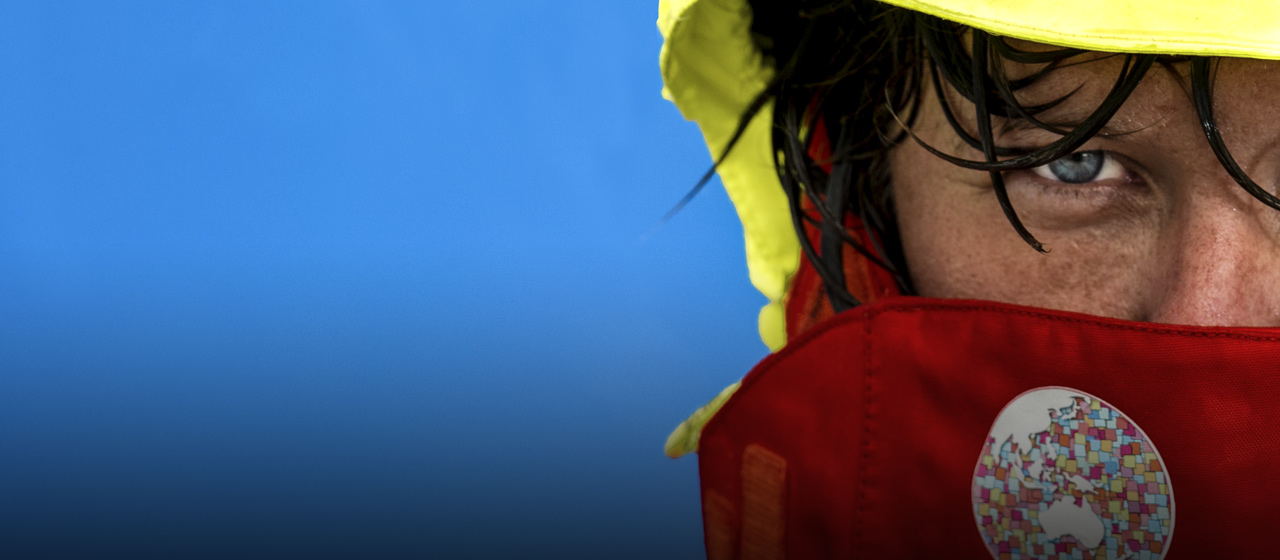
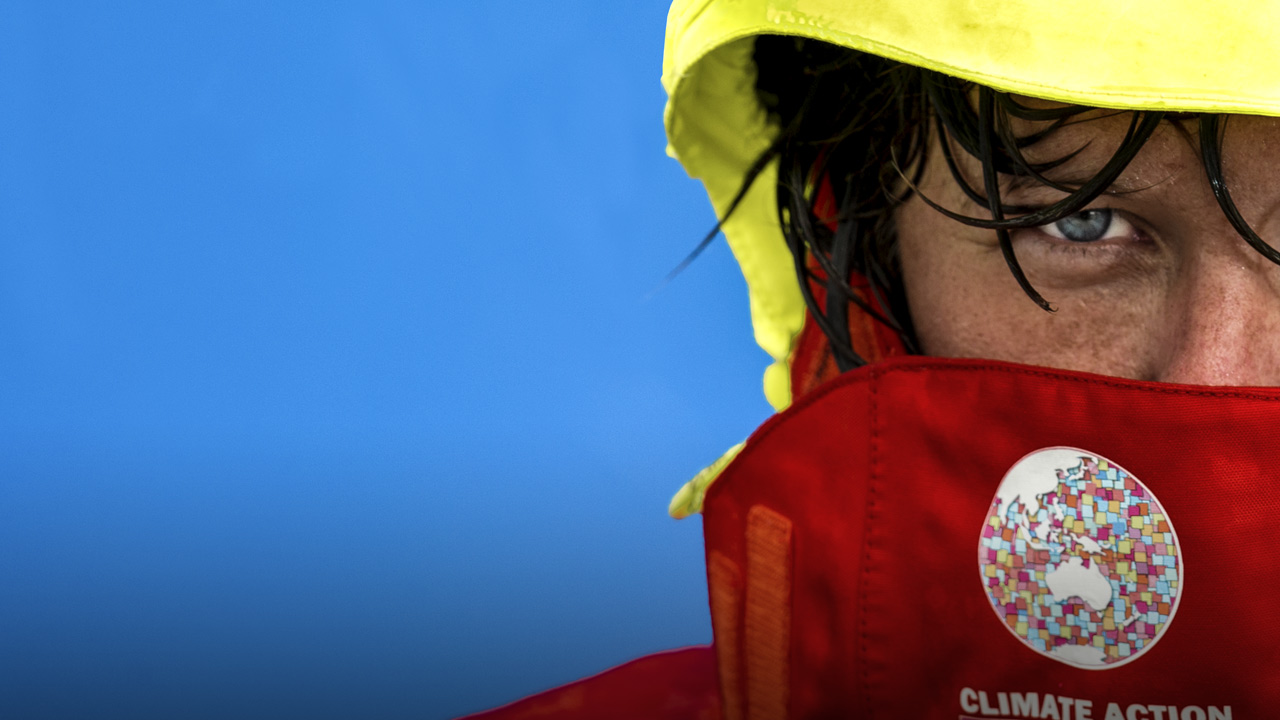
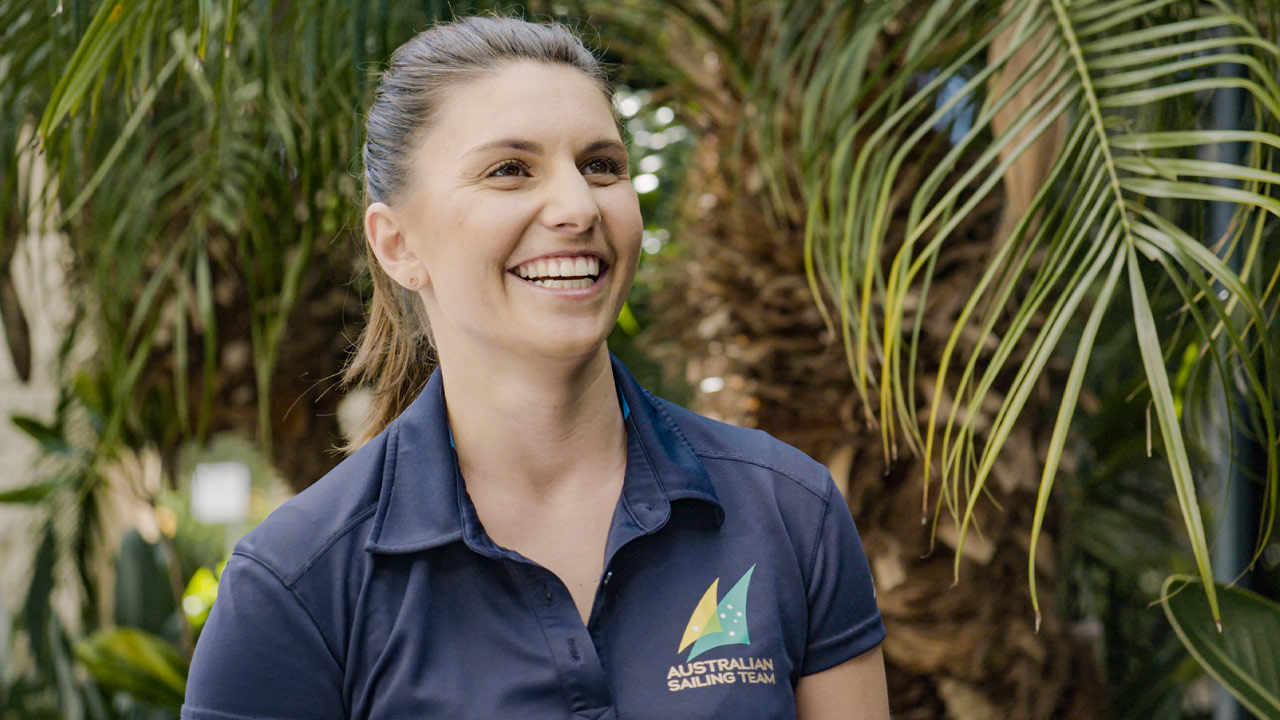
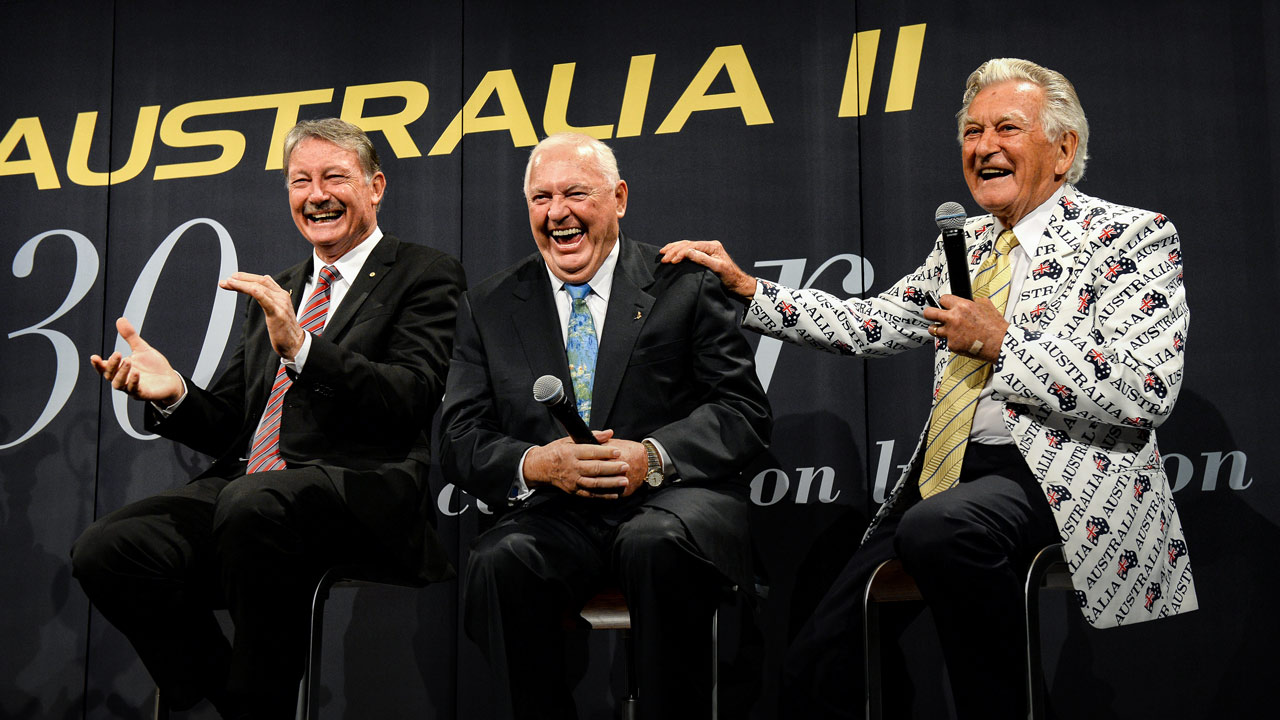
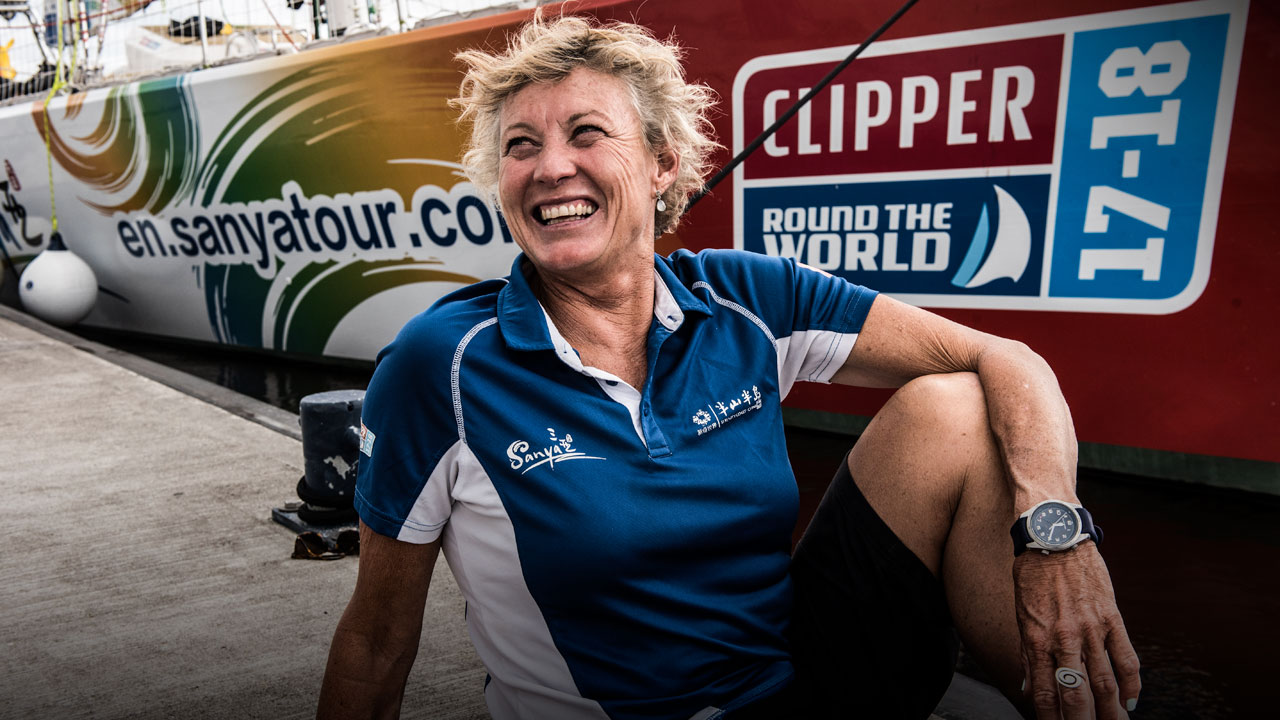
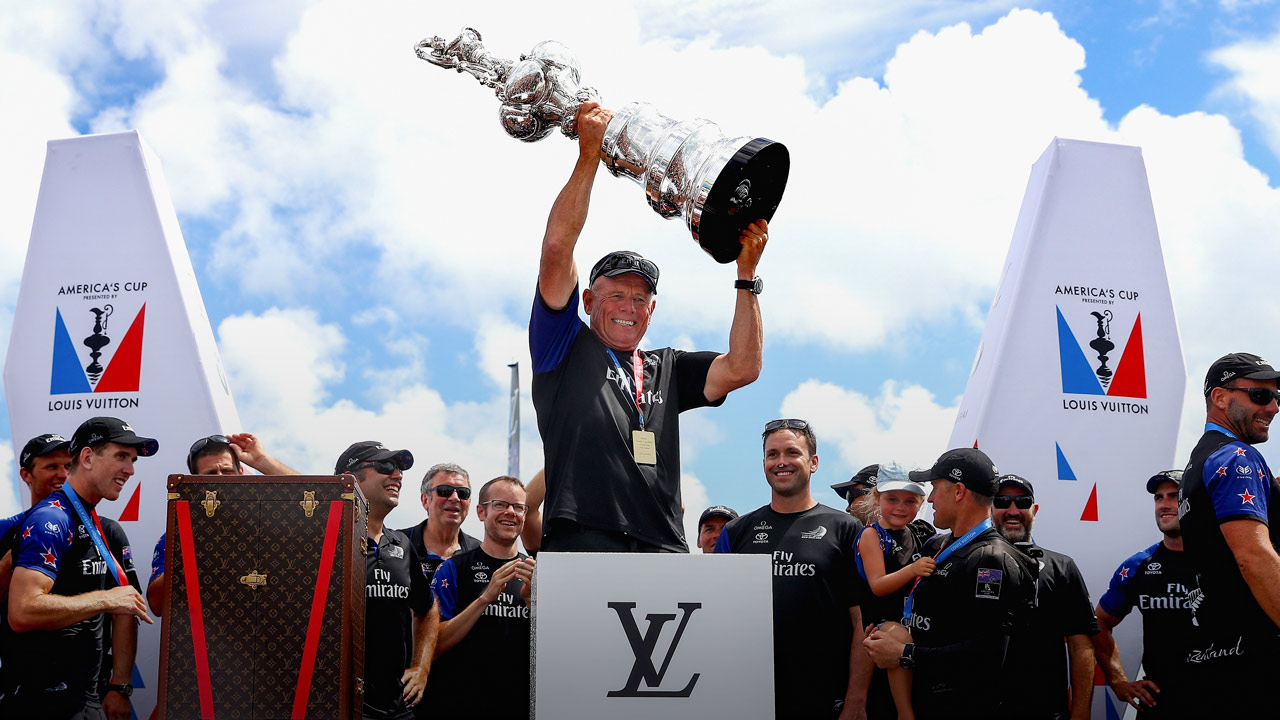
 Load More
Load More